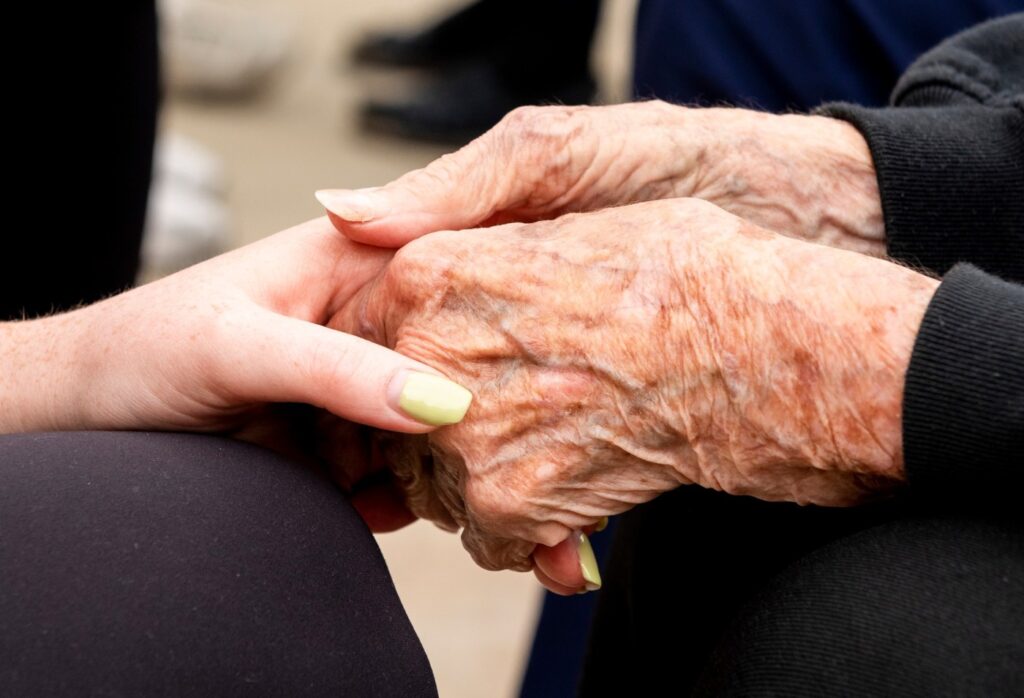
By Dr. Nilesh L. Vora,
Contributing writer
Southern California is getting hotter than ever, and our drought certainly isn’t helping with our changes toward a warmer climate, which is why it’s now more important than ever for seniors to put a plan in place to protect their skin from the sun.
Nilesh L Vora, M.D., medical director, MemorialCare Todd Cancer Institute, Long Beach Medical Center. (Photo courtesy of MemorialCare)
Skin cancer is currently the most common type of cancer in the United States, according to the Centers for Disease Control and Prevention, with most cases found in people older than 65. Skin cancer is caused by damage to the skin cells via ultraviolet light that can cause irreversible damage. The main types of skin cancer are squamous cell carcinoma, basal cell carcinoma and melanoma, which predominantly affect adults of older age.
Skin cancer is a growing epidemic among the elderly in the United States. Adults who are 65 and older are more susceptible to skin cancer because of their fragile skin, medical conditions and medications they may be taking.
Why protecting your skin matters
Less than half of older adults protect their skin from the sun when outside for an hour or more on a sunny day, according to the CDC.
When exposed to the sun for long periods of time, you can be at an increased risk for skin cancer. Other factors that can put you at risk for skin cancer are:
History of sunburns.
Having many moles.
Having a fair complexion.
Skin that burns, freckles or reddens easily.
Family history of skin cancer.
Previous sun burning, particularly experienced at younger ages, is a strong predictor of future skin cancer, especially melanoma, according to the National Cancer Institute. It is also important to assess the moles on your body – even if you’ve had the mole all your life, look at them and see if they change shape, color or texture. Common moles are normal and should not be of concern, but it is vital to assess any moles that have a mixture of colors, are asymmetrical, are greater than six millimeters, or has changed in size or shape.
Although people who have a lighter skin complexion burn easier from the sun and are at an increased risk for skin cancer, the reality is that anyone can be at risk for skin cancer, no matter how dark your complexion.
It’s important to remember too this is not just an issue that occurs when the sun is shining, but year-round – even when it’s overcast or smoggy/hazy. It is vital for older adults to practice sun protection year-round, to decrease the amount of UV light to the skin.
Here are some tips to effectively practice sun safety year-round:
Use a broad-spectrum sunscreen with a sun protection factor (SPF) of 15 or higher 30 minutes before you go outdoors and reapply every two hours.
Seek shade as much as possible.
Avoid the sun from 10 a.m. to 4 p.m.
Wear cool, light-colored clothing that covers your arms and legs, so that it keeps you cool as well as covered.
Wear a hat or visor with a wide brim to shield your head, face, ears and neck.
Wear sunglasses if you are able to. UV radiation from the sun can lead to skin cancers on the eyelids. Consider glasses with transition lenses to protect your eyes when outdoors.
Self exams and talking to a dermatologist
It is important for seniors to perform a monthly skin cancer self-exam to help find changes in your skin or moles to detect skin cancer early. For hard-to-see places, ask a physician, partner or friend to examine your skin.
Pay attention to areas that are exposed to the sun the most, such as the neck, shoulders, ears and top of your scalp. Take notice to changes in your skin’s color, texture and feeling, including:
Itching.
Tenderness.
Pain.
Bleeding.
Moles with irregular shapes, borders or colors.
A new growth, a spot or bump that increases in size over time.
A sore that doesn’t heal within a few weeks.
I also recommend to all my patients that, especially as you age, you should visit a dermatologist annually.
Many dermatologists find pre-cancerous growths as early as 40 years old, according to the American Academy of Dermatology Association, so it’s even more important for those 55 and older to get screened each year. When treating a precancerous spot on the skin, multiple and repeat treatments may be involved, such as cryotherapy to destroy the lesions on the skin.
Scheduling a full skin exam with your doctor is beneficial in helping to detect skin cancer early. Medicare may cover medically necessary dermatology services. While not all skin lesions are life-threatening, it is important to visit your primary care doctor if you notice an irregularity or change in your skin.
To learn more on how you can protect yourself against skin cancer and the treatments available if you happen to have skin cancer, visit memorialcare.org/cancercare.
Dr. Nilesh Vora is a board-certified hematologist and medical oncologist, and serves as medical director of the MemorialCare Todd Cancer Institute at Long Beach Medical Center. He also serves as chair of Hematology and Medical Oncology for the MemorialCare Medical Foundation. He is a generalist with a specialized interest in lung cancer; gastrointestinal cancers — including colorectal, pancreatic and gastric — and malignant hematology disorders.
